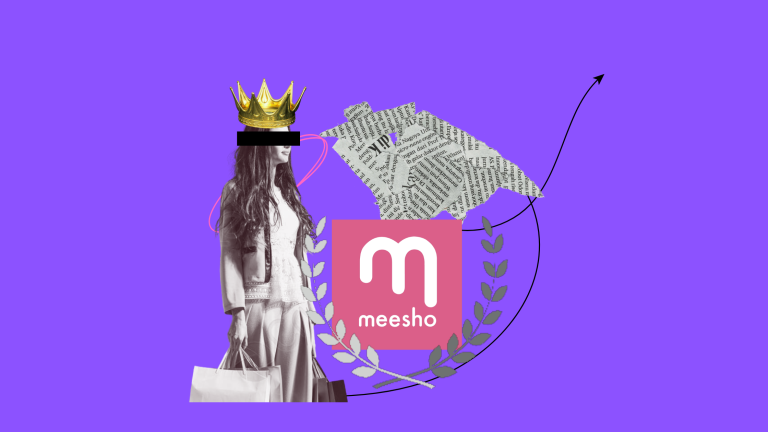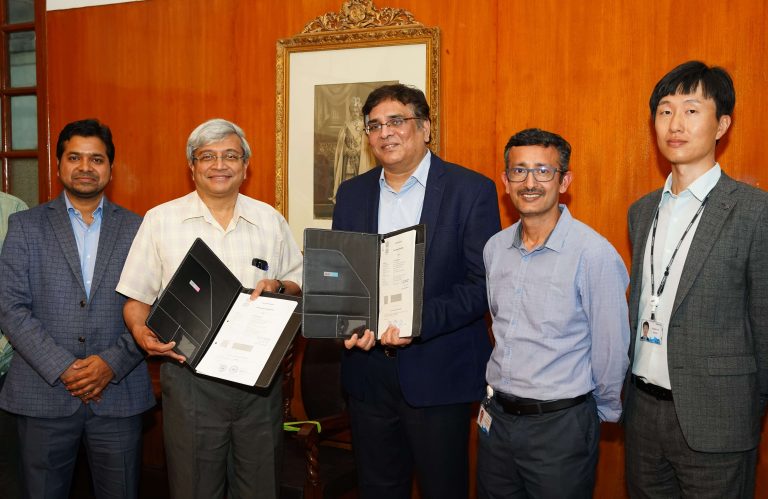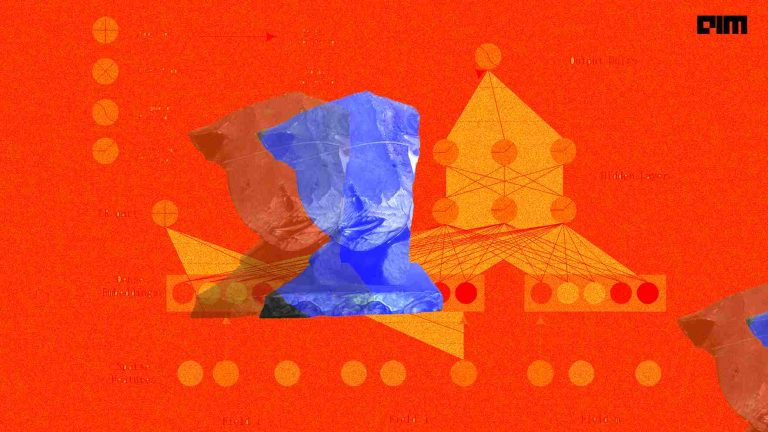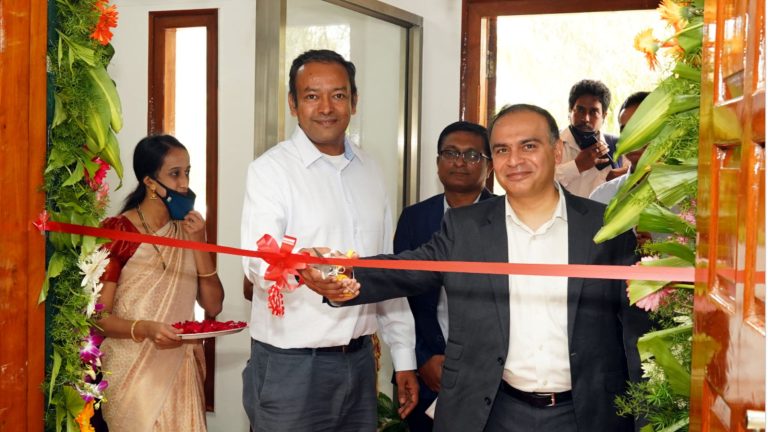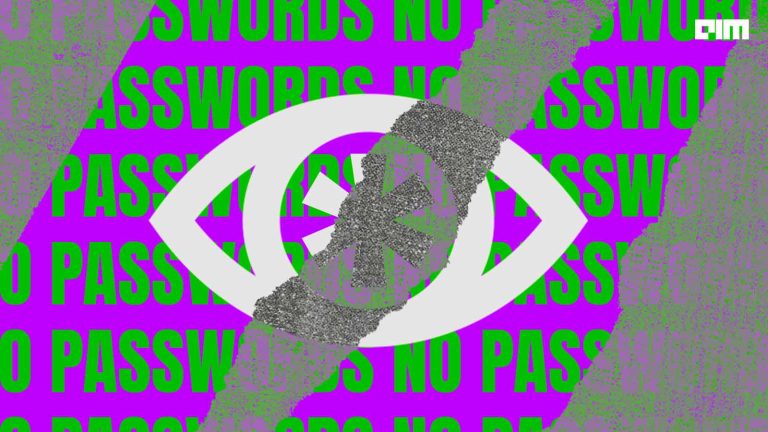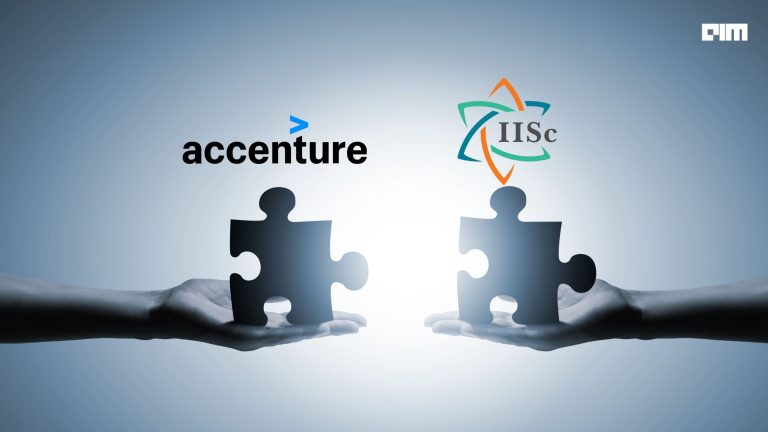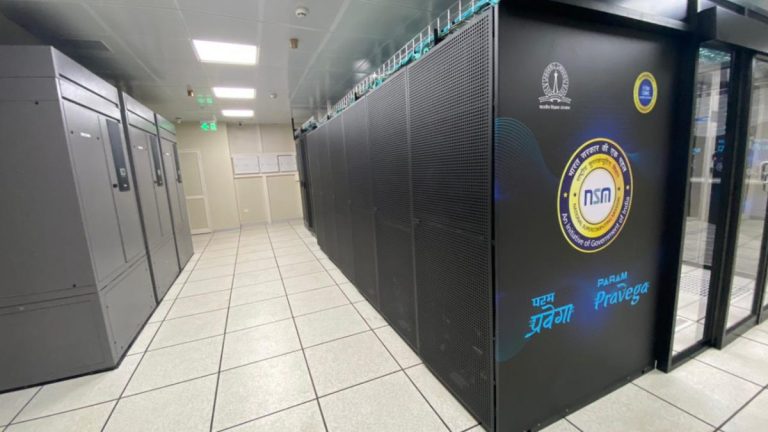Researchers at IISc – Abhijit Chandra Roy, DST-Inspire faculty, and Aveek Bid, associate professor at the Department of Physics, have developed a soft, wearable device that uses the fundamental properties of light to sense a patient’s limb or finger movements. This innovation is Abhijit’s brainchild. Analytics India Magazine interacted with Professor Aveek to understand more about the device, the tech behind it and future plans with the product.
AIM: What was the motivation behind creating these 3D printed gloves?
Aveek: The main motivation for the project came from the personal experience of one of the researchers. A family member of the researcher was suffering from a stroke. The family experienced the scarcity of affordable rehabilitation aids and the lack of availability of rehabilitation centres near the home of the stroke patient. Since more than 70% of people in India reside in rural areas, the situation experienced by the family member of the researcher is common for most stroke patients in India.
Stroke causes short and long term disabilities in patients globally. The prolonged rehabilitation process involves a regular visit to the rehabilitation centres and the use of conventional stationary rehabilitation tools. This conventional kind of rehabilitation process usually involves the high cost of the provided care.
Personalised home rehabilitation is one of the most preferred options for many stroke patients, but that is also not free from challenges. Acquiring personalised rehabilitation tools due to their extravagant cost and the inaccessibility of customised rehabilitation accessories are two such problems. Conventional rehabilitation devices are rarely equipped with the digitally enabled capability for real-time data acquisition and sharing with an expert through electronic means.
The rate of recovery of the stroke patient may get hindered by the absence of appropriate advice from expert healthcare professionals.
AIM: Can you explain how it works? What kind of technologies does this product use?
Aveek: We have taken advantage of the fundamental property of light, such as total internal reflection and refraction of light and elastic property of transparent silicon material, to make such a device. We have used transparent, resilient material to transport the light from one end to the other end by a principle known as light waveguiding. We have created various sensing nodes on the light-guided material, which gives superior sensing capability to the device, including touch, bending, and the shape of the bending. We have shown the technique of making such devices in large areas using custom-made 3D printing technology (high speed, ~30 ms per node). Our strategy produces a stable (the device is working perfectly after almost one year) device using cost-effective rubbery material, basic electronic components such as LED/diode, diode laser, and light detecting components.
AIM: What were some of the challenges you encountered? How did you rectify them?
Aveek: We have started working on the device end of the first restriction due to the COVID-19 pandemic. It took almost one year to understand and optimise the design and fabrication process. Since the idea was completely unique, characterising the device was a challenge. We did not have characterisation tools in our lab. To overcome the challenge, we had two options in our hands, either we search for characterisation tools from the supplier or make one in our lab. We have chosen the latter to build one from scratch. Although we chose the latter option, we had to do lots of tinkering and brainstorming to optimally design and make such a characterisation tool with the lowest possible expenses.
Finally, we have purchased one 3D printer to print in the lab the parts of the characterisation tools and other components, like stepper motors, drivers, linear stages, etc. Another hurdle we faced was the alignment of the light sources and the photodetector for making the device. We have rectified this issue by monolithically attaching the light source and photodetector with the device so that relative motion between the light source and the detector is restricted.
AIM: When do you plan to take this to market, and what kind of price range will you offer it at?
Aveek: Our idea is to develop the product at lightning speed, and we are on the right track. However, more funding is an immediate need, and we have applied for funding from the Department of Science and Technology (DST) India. However, we are open to receiving funds from private as well as other government agencies to expedite the work with more skilled researchers and engineers.






